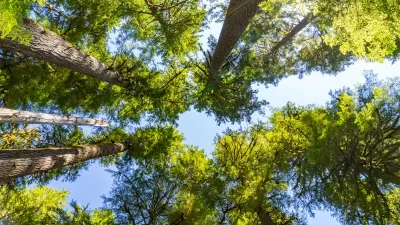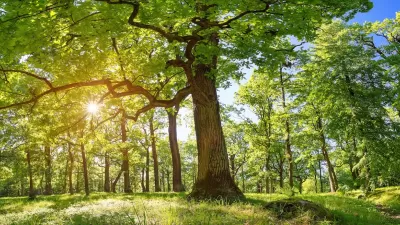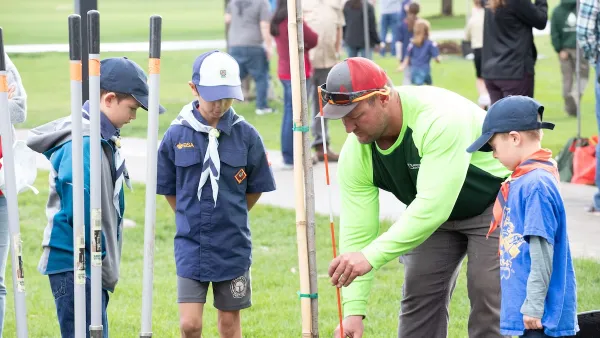Scientists in Florida are using GIS technology to strategically manage prescribed burns, aiding in the restoration and biodiversity of longleaf pine ecosystems while enhancing climate resilience across the Southeast.

Longleaf pine ecosystems, once stretching across 90 million acres in the southeastern U.S., have dwindled to just three percent of their original size. These ecosystems are vital for biodiversity, housing over 600 species, including 29 that are endangered or threatened. As reported by Anthony Schultz and Sunny Fleming, scientists at Tall Timbers in Florida are using Geographic Information Systems (GIS) to manage longleaf pine restoration. By combining detailed environmental data with fire management practices, researchers are learning how prescribed burns help maintain the health and regeneration of these forests. Tall Timbers has been at the forefront of fire ecology for over 60 years, employing prescribed fire to manage ecosystems and enhance biodiversity.
At the core of the restoration is the Southeast FireMap, an innovative tool that integrates data from satellite imagery and artificial intelligence to track fire history and impacts across longleaf pine communities. By mapping areas that have burned, researchers can better understand the effects of fire on tree regeneration and overall ecosystem health. This approach, driven by data and field observations, allows land managers to strategically plan prescribed burns that mimic the natural fire cycles necessary for longleaf pine ecosystems to thrive. The digital twin technology also aids in tracking wildlife impacts and supports decision-making in managing these habitats.
In addition to restoring forests, Tall Timbers' efforts extend to public education and training, as they host the National Interagency Prescribed Fire Training Center. This center educates land managers from across the country on how to safely use fire to benefit ecosystems while minimizing risks like smoke pollution. Through collaborations and the use of cutting-edge GIS technology, Tall Timbers is advancing the preservation of longleaf pine forests, increasing biodiversity, and building climate resilience across the Southeast.
FULL STORY: Tech Meets Ecology: Environmental Digital Twin Enhances Longleaf Pine Restoration

Planetizen Federal Action Tracker
A weekly monitor of how Trump’s orders and actions are impacting planners and planning in America.

Congressman Proposes Bill to Rename DC Metro “Trump Train”
The Make Autorail Great Again Act would withhold federal funding to the system until the Washington Metropolitan Area Transit Authority (WMATA), rebrands as the Washington Metropolitan Authority for Greater Access (WMAGA).

The Simple Legislative Tool Transforming Vacant Downtowns
In California, Michigan and Georgia, an easy win is bringing dollars — and delight — back to city centers.

The States Losing Rural Delivery Rooms at an Alarming Pace
In some states, as few as 9% of rural hospitals still deliver babies. As a result, rising pre-term births, no adequate pre-term care and harrowing close calls are a growing reality.

The Small South Asian Republic Going all in on EVs
Thanks to one simple policy change less than five years ago, 65% of new cars in this Himalayan country are now electric.

DC Backpedals on Bike Lane Protection, Swaps Barriers for Paint
Citing aesthetic concerns, the city is removing the concrete barriers and flexposts that once separated Arizona Avenue cyclists from motor vehicles.
Urban Design for Planners 1: Software Tools
This six-course series explores essential urban design concepts using open source software and equips planners with the tools they need to participate fully in the urban design process.
Planning for Universal Design
Learn the tools for implementing Universal Design in planning regulations.
Smith Gee Studio
City of Charlotte
City of Camden Redevelopment Agency
City of Astoria
Transportation Research & Education Center (TREC) at Portland State University
US High Speed Rail Association
City of Camden Redevelopment Agency
Municipality of Princeton (NJ)





























